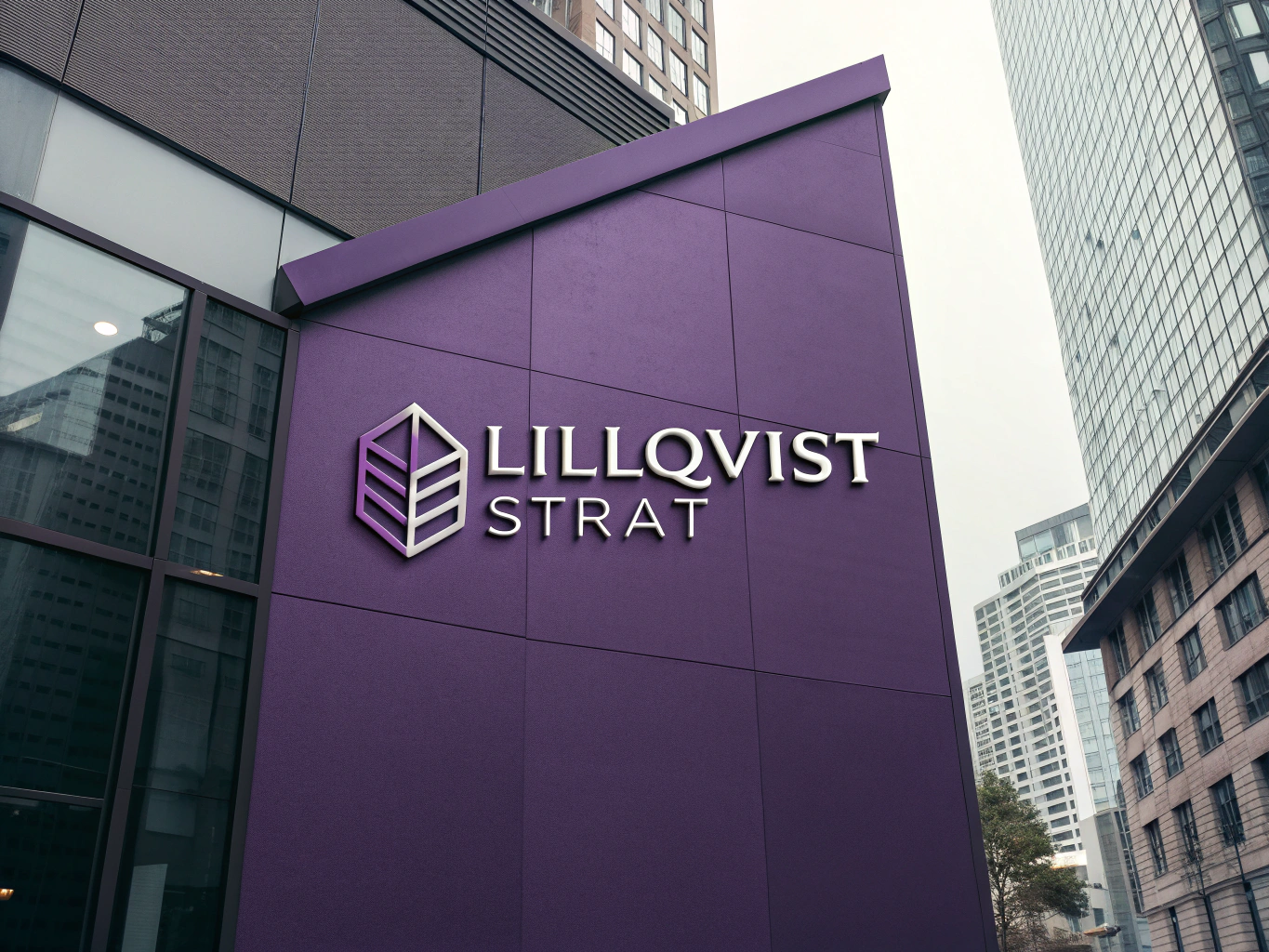Leverage Historical Sales Data to Predict Future Trends
By using historical sales data, Lillqvist Strat can build predictive models to forecast future trends and help clothing stores make data-driven purchasing decisions.
Code Example:
import pandas as pd
from sklearn.linear_model import LinearRegression
import matplotlib.pyplot as plt
# Load historical sales data (e.g., past 6 months of sales)
sales_data = pd.read_csv('historical_sales.csv')
# Preprocess data (assume sales_data has 'date' and 'sales' columns)
sales_data['date'] = pd.to_datetime(sales_data['date'])
sales_data['month'] = sales_data['date'].dt.month
# Prepare features (months) and target (sales)
X = sales_data[['month']]
y = sales_data['sales']
# Fit a linear regression model
model = LinearRegression()
model.fit(X, y)
# Predict future sales for next 3 months
future_months = pd.DataFrame({'month': [7, 8, 9]}) # Next 3 months
predicted_sales = model.predict(future_months)
# Plot the predictions alongside historical data
plt.figure(figsize=(10, 6))
plt.plot(sales_data['month'], sales_data['sales'], label='Historical Sales', color='blue')
plt.plot(future_months['month'], predicted_sales, label='Predicted Sales', color='red', linestyle='--')
plt.xlabel('Month')
plt.ylabel('Sales')
plt.legend()
plt.show()
# Output predicted sales for next months
print("Predicted Sales for next months:", predicted_sales)Automate Purchasing Decisions to Avoid Overstocking or Stockouts
With accurate demand predictions, stores can automate inventory restocking decisions based on projected sales, helping to avoid overstocking or stockouts.
Code Example:
# Define reorder threshold based on predicted sales
threshold = 50 # Example threshold for restocking
# Check predicted sales against inventory levels (hypothetical inventory data)
current_inventory = {'Item A': 30, 'Item B': 60, 'Item C': 20} # Example inventory levels
for item, inventory in current_inventory.items():
predicted_demand = predicted_sales[0] if item == 'Item A' else (predicted_sales[1] if item == 'Item B' else predicted_sales[2])
if inventory < predicted_demand - threshold:
print(f"Restock {item}: Predicted demand is {predicted_demand}, but current inventory is low.")
else:
print(f"{item} is well-stocked. No need for restocking.")Improve Business Strategy with Accurate Demand Forecasting
The predictive model helps businesses forecast demand accurately and tailor marketing campaigns, discounts, and promotions based on these forecasts. You can also monitor real-time data and adjust the strategy as necessary.
Code Example:
# Assume a function that adjusts marketing strategy based on predicted demand
def adjust_marketing_strategy(predicted_sales):
for i, demand in enumerate(predicted_sales):
if demand > 100:
print(f"Campaign for Month {i+7}: High demand forecasted, promote heavily!")
elif 50 <= demand <= 100:
print(f"Campaign for Month {i+7}: Moderate demand forecasted, adjust promotions.")
else:
print(f"Campaign for Month {i+7}: Low demand forecasted, focus on other products.")
# Adjust marketing strategy based on predictions
adjust_marketing_strategy(predicted_sales)Why Choose Lillqvist Strat?
With Lillqvist Strat, clothing stores can unlock the power of predictive demand forecasting. By leveraging advanced machine learning algorithms, we help you predict future trends based on your own sales data, automate purchasing decisions to avoid overstocking or stockouts, and develop a smarter, more efficient business strategy.
We’ll integrate your sales data, build tailored forecasting models, and provide you with actionable insights to help you optimize inventory, maximize profits, and improve decision-making.

Lillqvist Strat consults on business developement, software projects, automation, SOPs, analytical tools and more.
Contact me today to get started on our journey to higher profits, more revenue and happier employees!
Go to Contact now



